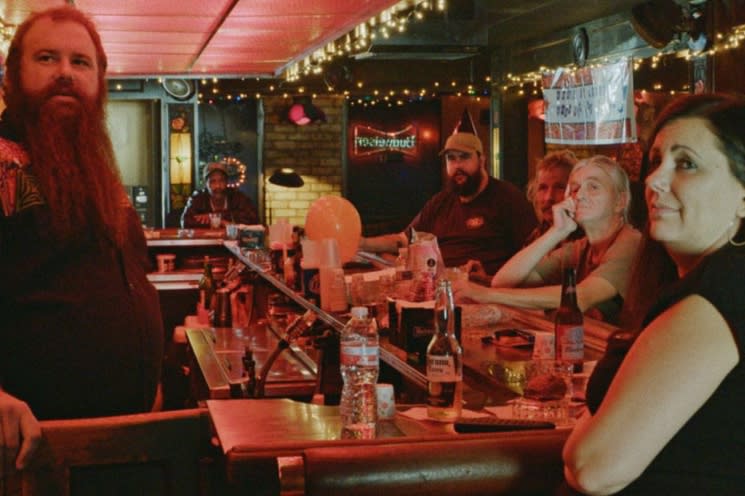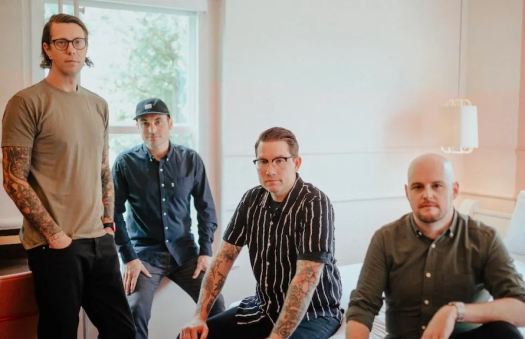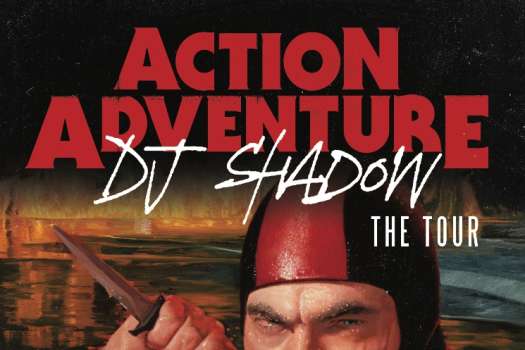The people in the room almost need to go through what Bruce is saying word by word. Parts keep getting lost, but eventually, his sentiment is clear: "A heap see, but a few know what's going on."
The lonely veteran repeats his pearl of wisdom at least once amongst his breaks from dancing to whatever's on the jukebox in Bloody Nose, Empty Pockets, the latest work from non-fiction filmmakers Bill Ross IV and Turner Ross. There's no shortage of barroom truths shared in their story of a lounge's last night, though the film hasn't pegged its success to their profundity. The siblings and collaborators celebrate the boozy raconteurs and discover something of their own in the mix.
The bar in question is the Roaring 20s, a strip mall spot in a part of Las Vegas separated from the Strip by distance and rows of chain link fence. Despite the name, the location and its patrons don't read as the natural heirs to the flappers. The red lights over the bar provide a certain ambiance; the white string lights with plugs hanging in front of flatscreen TVs and couches tucked in the corners for drunken naps modify that ambiance.
The film enters the Roaring 20s before noon on its last day in operation. There's no word why they're going out of business –– the audience just understands that this is the last opportunity for an eclectic group of regulars to gather and bid farewell. For the most part, the old folks show up early with the young people filing in later. The music follows the same cycle, going from 1970s country through the Weeknd and Chance the Rapper and back.
We understand that it's the last night, even if we don't know what led to this moment. The audience also accepts that there's some construction on the part of the filmmakers. Much of Bloody Nose is in a style where the drinkers are left amongst themselves without interruption, but the Ross Brothers aren't precious about an illusion of their own invisibility. Some shots are clearly set up, and camera operators can be spotted in the mirrors behind the bar.
None of that holds the film back, since it's more invested in its cast of subjects than what the bar itself means as one location. Chief among the regulars is Michael, the person who sticks around the bar the longest on the day documented. He's an actor who's given up his art, an affectionate man nonetheless on edge and the one person visibly processing what the end of a personal institution means. He stands apart from the crowd, and the filmmakers give him the greatest showcase.
Michael gets into it with a suit-wearing young shit-disturber at one moment, not long after the youth had been heckled for reading a treatise off a set of receipt cards, drunkenly asking, "But why, some say, the bar?" Their conflict punctures the Cheers mystique, the bar-as-family line of thinking. That's an actual conversation that happens elsewhere in the film, with two pairs of people having parallel, opposing arguments. Bloody Nose isn't coming down on either side, but in that moment, the film is showing the best the space can be, an open forum for connection that might not always be healthy or democratic but has value regardless.
It's the end of a bar. Bloody Nose, Empty Pockets is thinking about endings of all kinds. People drift through, living out a largely smartphone-free, analogue night, with the world around them trickling away. The patrons can't escape the threat of natural catastrophes, climate change, and even nuclear annihilation, all of which come up in conversation. A part of their own lives is ending. There's no solution to be found to that, but watching the film's acknowledgement feels liberating and meaningful.
Calgary Underground Film Festival has moved online for its 2020 edition. Buy tickets over at the festival's website.
The lonely veteran repeats his pearl of wisdom at least once amongst his breaks from dancing to whatever's on the jukebox in Bloody Nose, Empty Pockets, the latest work from non-fiction filmmakers Bill Ross IV and Turner Ross. There's no shortage of barroom truths shared in their story of a lounge's last night, though the film hasn't pegged its success to their profundity. The siblings and collaborators celebrate the boozy raconteurs and discover something of their own in the mix.
The bar in question is the Roaring 20s, a strip mall spot in a part of Las Vegas separated from the Strip by distance and rows of chain link fence. Despite the name, the location and its patrons don't read as the natural heirs to the flappers. The red lights over the bar provide a certain ambiance; the white string lights with plugs hanging in front of flatscreen TVs and couches tucked in the corners for drunken naps modify that ambiance.
The film enters the Roaring 20s before noon on its last day in operation. There's no word why they're going out of business –– the audience just understands that this is the last opportunity for an eclectic group of regulars to gather and bid farewell. For the most part, the old folks show up early with the young people filing in later. The music follows the same cycle, going from 1970s country through the Weeknd and Chance the Rapper and back.
We understand that it's the last night, even if we don't know what led to this moment. The audience also accepts that there's some construction on the part of the filmmakers. Much of Bloody Nose is in a style where the drinkers are left amongst themselves without interruption, but the Ross Brothers aren't precious about an illusion of their own invisibility. Some shots are clearly set up, and camera operators can be spotted in the mirrors behind the bar.
None of that holds the film back, since it's more invested in its cast of subjects than what the bar itself means as one location. Chief among the regulars is Michael, the person who sticks around the bar the longest on the day documented. He's an actor who's given up his art, an affectionate man nonetheless on edge and the one person visibly processing what the end of a personal institution means. He stands apart from the crowd, and the filmmakers give him the greatest showcase.
Michael gets into it with a suit-wearing young shit-disturber at one moment, not long after the youth had been heckled for reading a treatise off a set of receipt cards, drunkenly asking, "But why, some say, the bar?" Their conflict punctures the Cheers mystique, the bar-as-family line of thinking. That's an actual conversation that happens elsewhere in the film, with two pairs of people having parallel, opposing arguments. Bloody Nose isn't coming down on either side, but in that moment, the film is showing the best the space can be, an open forum for connection that might not always be healthy or democratic but has value regardless.
It's the end of a bar. Bloody Nose, Empty Pockets is thinking about endings of all kinds. People drift through, living out a largely smartphone-free, analogue night, with the world around them trickling away. The patrons can't escape the threat of natural catastrophes, climate change, and even nuclear annihilation, all of which come up in conversation. A part of their own lives is ending. There's no solution to be found to that, but watching the film's acknowledgement feels liberating and meaningful.
Calgary Underground Film Festival has moved online for its 2020 edition. Buy tickets over at the festival's website.




